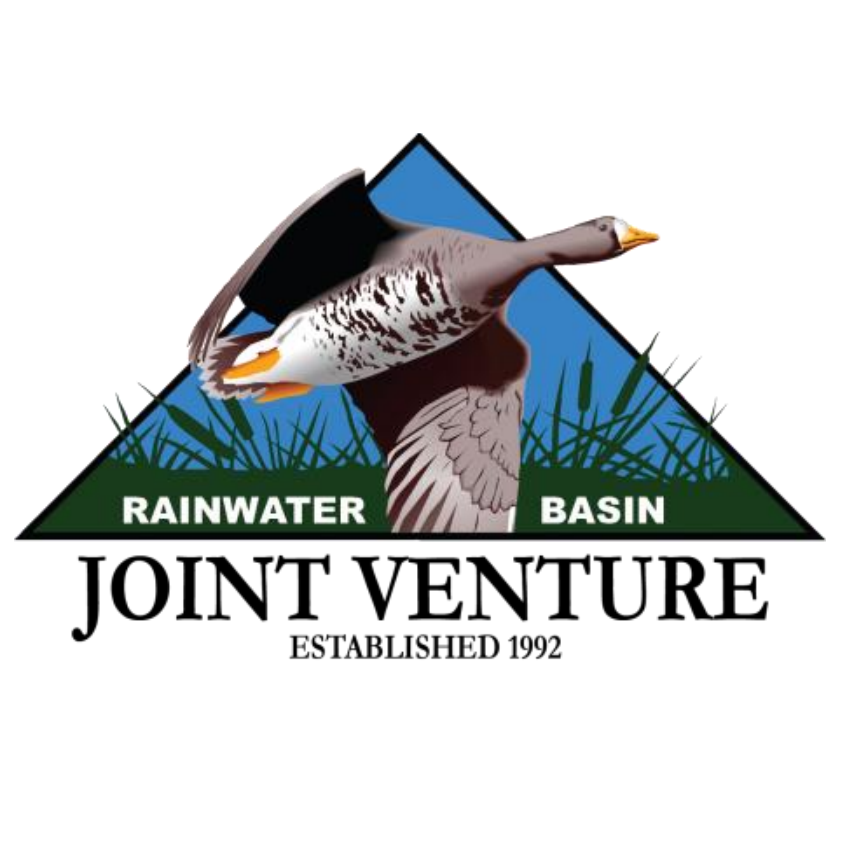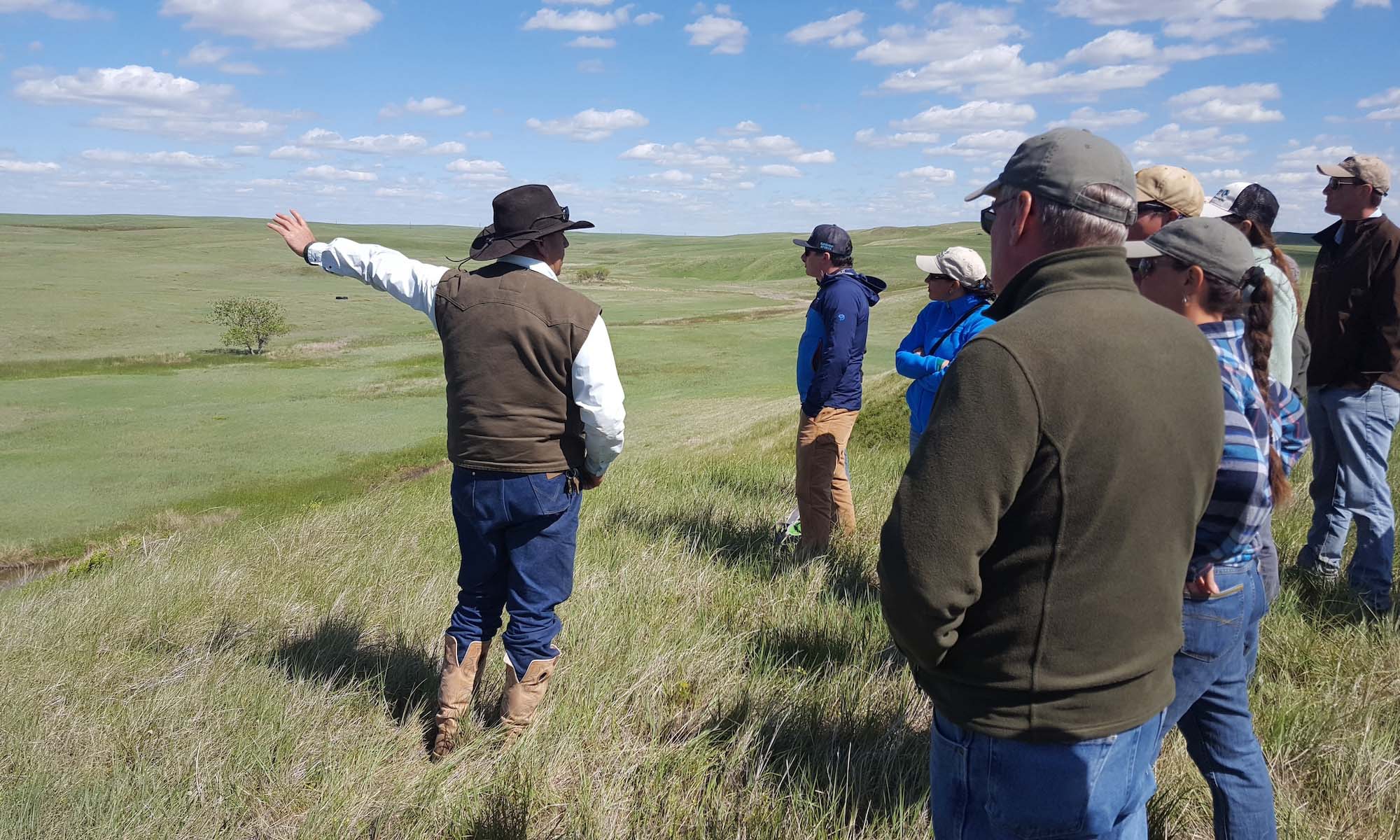
Rainwater Basin Joint Venture
Land Protection
Grasslands in the RWBJV region are converted at a rate of 0.22% per/year. Fee title acquisition and long-term easement programs are the primary land protection options. Over the next 30 years, the RWBJV has prioritized protection of 90,570 acres of grasslands primarily through Working Lands easements and grasslands associated with wetland conservation easements. The annual land protection goal is 3,020 acres at a cost of $10,570,000 annually.
5-year acres: 15,100
5-year cost: $52,850,000
Grassland Restoration
Restoration of degraded or converted grasslands can help offset losses to conversion. Reestablishment of habitat through reseeding can be accomplished through CRP and other short-term restoration programs, such as USDA’s Environment Quality Incentives Program (EQIP). The RWBJV aims to restore 452,850 acres through reseeding. The annual goal is to restore 15,095 acres (3,020 CRP, 12,075 EQIP) at an estimated annual cost of $6,945,000.
5-year reseeded acres: 75,475 acres
5-year reseeding cost: $34.725 million
Grassland Enhancement/Management
The primary threat to grassland habitat quality in the RWBJV region is woody encroachment. Prescribed fire is an effective and cost-efficient strategy to address this threat at low canopy coverages (1% or less). Based on recent rates of encroachment, we anticipate that 577,395 acres will need to be treated each year in order to prevent any additional acres from transitioning to woody cover types. The cost to complete this management each year is estimated to be $10,033,110.
5-year acres: 2,886,960
5-year cost: $50,165,550
At ultra-low densities mechanical removal is an effective and cost-efficient strategy to address woody encroachment. Based on recent rates of encroachment, we anticipate that 577,395 acres will need to be treated each year in order to prevent any additional acres from transitioning to woody cover types. The cost to complete this management each year is estimated to be $2,886,997.
5-year acres: 2,886,960
5-year cost: $14,434,875
Grassland Persistence/Retention
Promotion of livestock ranching is one strategy that can help slow the rate of conversion of grasslands to row crop agriculture. Over the next 30 years, our goal is to retain 905,700 acres of grasslands on private lands that may otherwise be converted by assisting with installation of cross fencing, livestock water infrastructure, and ranch planning to keep grasslands “right side up”. The annual goal for this strategy is 30,190 acres with an estimated cost of $905,700 each year.
5-year acres: 150,950
5-year cost: $4,528,500
Wetland Conservation
Watershed restoration in RWJV is largely via pit fills. We propose the development of an endowment fund to support wetland restoration and supplemental water inputs. We estimate that 62,500 acres of ponded wetland habitat are needed to support spring-migrating waterfowl in the RWB at NAWMP-derived goal populations. To achieve this, the RWBJV aims to conserve 7,986 acres through fee-title acquisition, 9,239 acres through long-term easement programs, and 4,865 acres through short-term easement programs.

